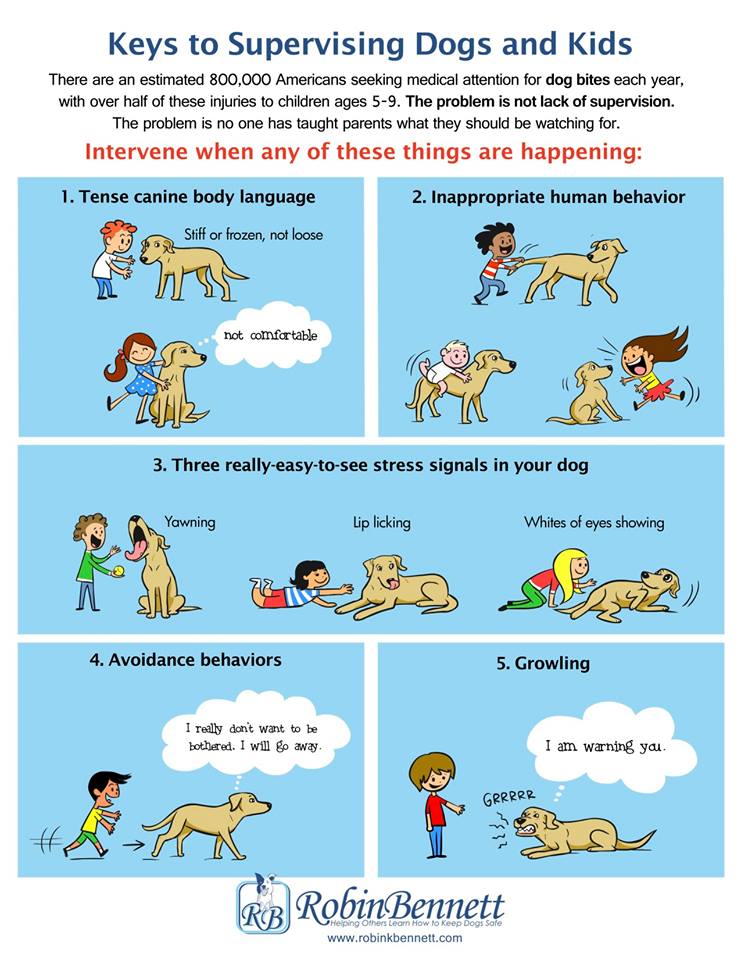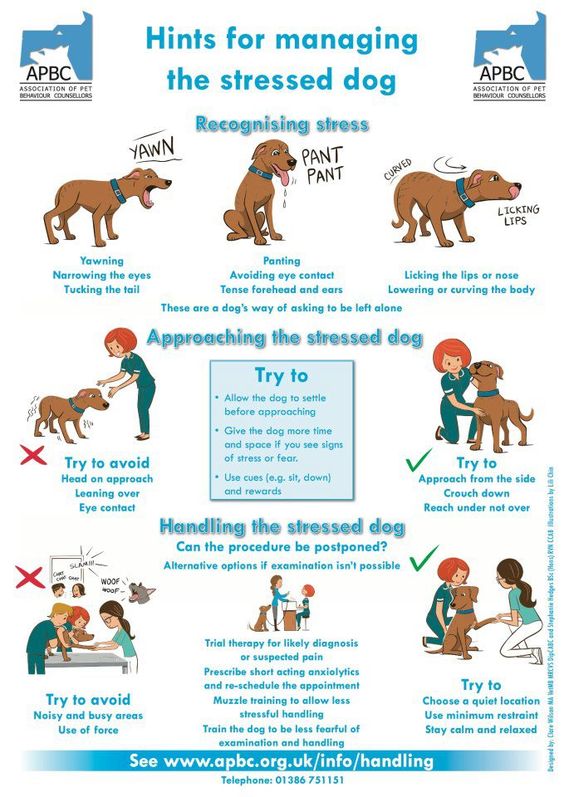Setting Your Adopted Dog Up for Success
Introducing a New Pet
For additional information on helping a new dog settle into its new home, visit our Going Home web page. We also encourage you to speak with your vet and reputable canine behaviorists.
According to a recent survey, 42% of pet-owning households have more than one pet. Whether you’re looking to welcome a furry new addition to your one pet family or opening your home to your fifth or sixth pet, there are steps to take to help ensure you have as smooth a transition as possible.
- Slow and steady – Before the first introduction, be aware that this process is a marathon and not a sprint. It may be tempting to surprise your trusted cat by bringing a dog home, but experts will tell you there are many baby steps to take before the formal introduction. Having friends bring their cat-friendly dogs over, can help a resident cat become comfortable in the presence of a canine friend. Do similarly if you have a dog who is not used to having another dog in its kingdom.
- Neutral ground – Some pets are instinctively territorial when they’re at home, so if you have the opportunity to introduce your pets on neutral ground, take it! An outdoor play session at the local dog park gives you the chance to have the dogs interact without the extra tension you may experience in the home. Side by side walks is a wonderful way to introduce new dogs and it helps them bond.
- Separate rooms – Pets should be kept separate at first. Ideally the new pet will have use of their own room for the first few days with food, water, and toys.
- Sniffing - Occupy your resident dog and give the new dog or cat the opportunity to explore their new home and sniff out their new furry companion. While still primarily kept in separate rooms, try swapping out a few items, like toys or blankets, so the pets can get familiar with their new playmate’s smell. Toys, however, should only be allowed under supervision while new dogs get used to one another. Never allow high-value treats, like rawhide, among dogs who are unfamiliar with one another.
- Keep a routine – Your new pet has a lot to adapt to, but your current pet(s) will have hurdles to overcome as well. It’s important that you keep your routine consistent throughout the transition. If your trusty companion is used to having two walks a day at the same time, stick to it! Y our new pet should be introduced to ‘life as usual’ as soon as you’re confident they are ready.
- Step in when needed – When your pets do finally come face-to-face be prepared to step in if necessary. Making strange sounds and being nervous are relatively normal, but if the behavior of either animal appears to be bordering on aggressive, take a step back and separate the animals. Try again in a few hours (or days). It does get easier!






